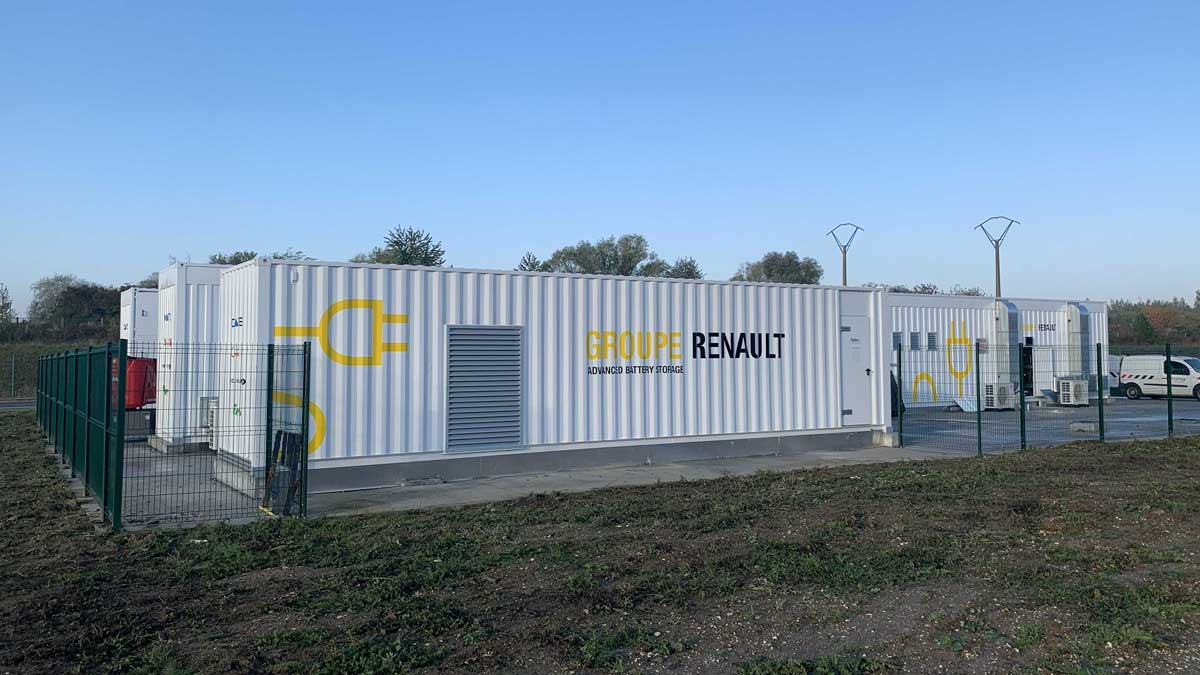At the end of my electric vehicle information talks, I often get asked variations on the theme of “Where do old car batteries go to die?”
My answer is they don’t ‘die’! Rather, after seeing eight to 10 years service in a car, they can ‘retire’ to a more gentle life in energy storage systems.
This is because lithium batteries do not catastrophically fail when they have reached the end of their useful vehicle service life. They may become less capable of dealing with the fast charge and discharge rates needed for accelerating a 1 to 2 tonne mass, or accepting a high rate of charge. But there is still plenty of life in them.
In fact, they are still very much capable of meeting the more gentle rates of charge and discharge seen in stationary storage systems for as many, or more, years as they saw life in a car.
I have even suggested that this is the ultimate solution to cheap 24/7 home storage systems – and the more likely scenario for providing the majority of the support needed to create a robust renewable energy based electricity grid than the often touted V2G (vehicle to grid) type systems.

One of the leaders in researching this type of second-life battery solution is the vehicle manufacturer Renault, which has just announced two new second-life battery programmes in conjunction with local partners.
One is the SmartHubs Project in West Sussex, (UK) and the other is the Advanced Battery Storage in Douai (France). These will be two of the largest projects of their types in Europe.
The SmartHubs project involves the installation of several 360kWh E-STOR systems (designed by Connected Energy) placed on industrial and commercial sites, with some linked to solar panels and EV chargers to help sites reduce energy costs and optimise the use of renewable energy.
A large E-STOR Cluster system using around 1,000 second-life batteries to store 14.5 MWh of energy will also be installed. This will rapidly charge and discharge to help balance the electricity network. It will store enough energy to power 1,695 average homes for a full day.
The SmartHubs project is one of four UK government-initiated projects designed to help design the energy systems of the future. The SmartHubs systems will run alongside other technologies as part of a local energy system to help provide cleaner, lower cost energy for use in social housing, transport, infrastructure, private homes and local businesses.

In Douai, France, the first Advanced Battery Storage has just been installed at the Renault Georges Besse plant with a capacity to store 50 MWh across several sites.
The energy storage systems make it possible to regulate and stabilise the network by charging the batteries when demand is low, then returning the energy contained in these batteries back into the network as soon as demand is high again.
The Advanced Battery Storage system uses second-life batteries, as well as new batteries stored for future aftermarket use, for a total capacity close to 5 MWh. The Advanced Battery Storage system is being set up in collaboration with partners Banque des Territoires, Nidec, The Mobility House, Demeter, and the Ecological Transport Modernisation Fund.
Together, these projects show how the move to electric transport can assist the development of an integrated energy economy, helping us all move towards a cleaner and more robust energy system.
Mind-you, these innovations do involve significant investment in research, planning and, in particular, overall direction settings that encourage them.
The sorts of things that national governments can, and in fact should, take the leading role in – through transport and emissions policies for instance. A pity our federal government seems not to be interested in such things where it comes to dealing with the emissions from our current electricity grid or transport fuel sources.

Bryce Gaton is an expert on electric vehicles and contributor for The Driven and Renew Economy. He has been working in the EV sector since 2008 and is currently working as EV electrical safety trainer/supervisor for the University of Melbourne. He also provides support for the EV Transition to business, government and the public through his EV Transition consultancy EVchoice.


